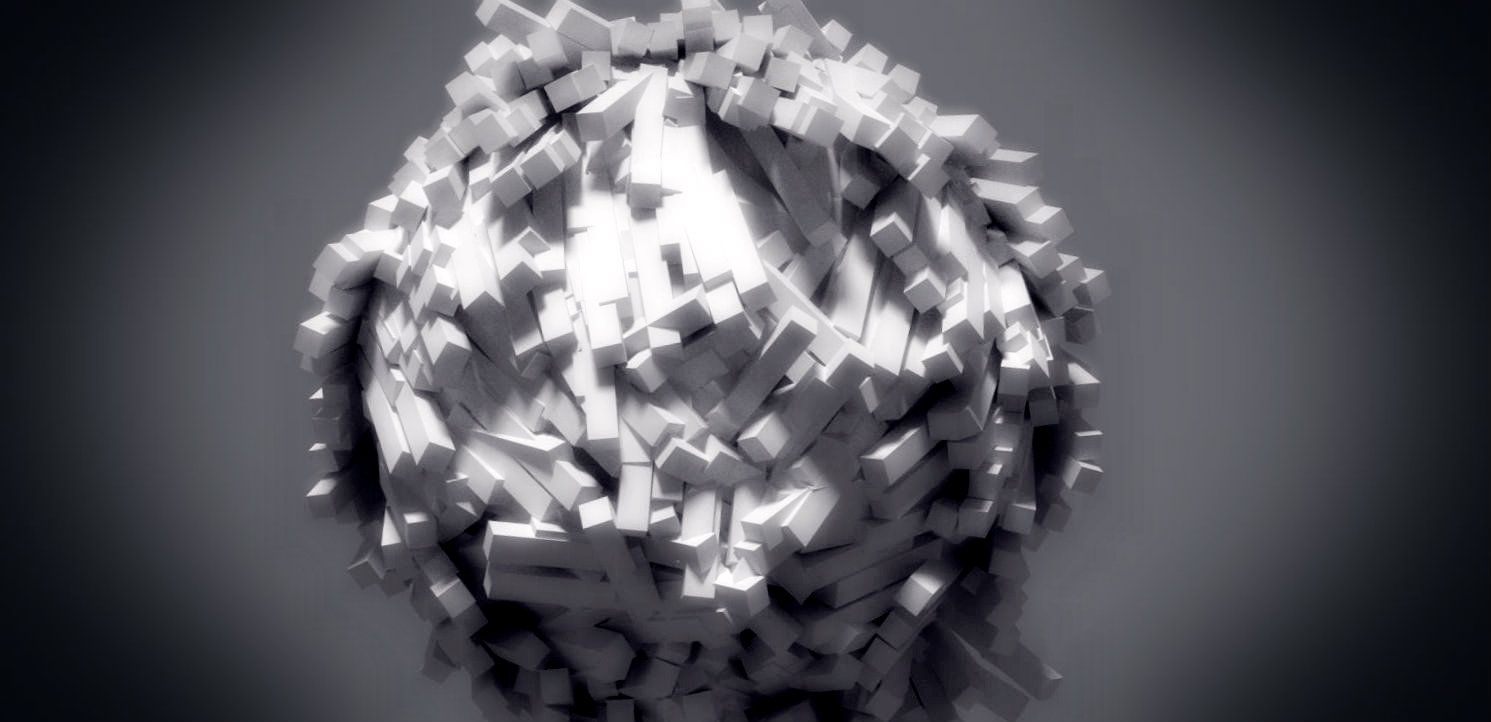News today portray additive technology as being far from having a complete evolution. On the contrary, most are actually quite mature.
The thermoplastic extrusions at the moment have well over eleven thousand patents and applications for the patents in the United States; probably more in other countries largely involved in this sector. Books and academic papers on the same are also been published.
Thus, it seems much reasonable to expect an improvement in the technology in the coming years. In fact, the technology has changed much over the last decade and will further develop due to new technologies using different materials for special products, even though the greed of big companies and patent disputes hamper these activities.
One significant 3D system, introduced and unveiled, was the V-Flash™ back in 2007. New technologies have come and gone, and there have been a lot of efforts made to combine the technologies already existing.
Much of the focus has been on applying the technology’s efficiency, improving the performance, automation, and producing traceable and repeatable outputs.
Material Improvement for the 3D Systems
The spectrum of the materials available to the design engineers is quite broad. However, currently, the additive technologies have materials amounting to the lower hundreds. The examination of the patent documents and counting of material introductions indicate lower activity level. The acquisitions of previously independent players have also played a huge part in the contraction of the introductions of new products.
The giant companies heavily rely on the consumables to make profits. As such, they use their clout to protect their position and lock out the independent suppliers. They do this by setting warranty terms, limitations on the physical hardware, and IP protection. With such barriers, the application of the 3D printing technology in future is significantly limited, and the activity of the few independent suppliers remaining in the sector reduced.
The small companies and the open-source community, however, have to rise to the occasion and broaden the materials for selection and decrease user costs.
Possibilities in Available
What people really want and look forward to is a machine that can make useful stuff at the least or no cost at all. That is what can perfectly define an evolving world. The success of such results relies greatly on how precise, reliable and sophisticated the machine is.
Although some people are contented with non-functional decorative items, majority of them prefer the more complex and sophisticated ones. These items, unlike the simple ones, require more materials and a wider mechanical, optical and electrical properties array. They are made with more extreme repeatability and precision. This, however, does not mean that original product designs cannot be altered to accommodate the possibilities of the additional fabrication technologies.
Taking a simple example, a door knob has kind of become a mythological artifact. Adding the additive fabrication systems to their manufacturing systems will produce results with a great difference from the original.
However, with the technology comes more creativity and experimentation. Here are some of the possibilities of the technology.
Replacement of Parts
3D Printers will be able to solve specific problems. They will also need to be adjacent to other equipment for finishing and fine-tuning the products to a level that is usable. In as much as this is not a market that serves the consumers directly, there is a huge potential. Looking at a scenario, a 3D printer can be located at maintenance facilities and depots to serve the manufacturers. Also at a more basic level, the repairer will have the machine to fix all appliances and systems easily, or even sell them to have people fix their system failures themselves.
Food
This will enable the customization of certain foods like the hotdogs. Chocolate and other novelties that are paste-based, such as cookies and cakes, can employ the same in their decoration. These effects are actually practical currently.
Shoes, Clothing, and Fashion
This sector of application has yet to see a breakthrough. The data handling issues that are tagged along with this are enormous. Taking a look at shoes for example, yes, some possibilities have been made with the designs hanging in between being conceptual and monumentally hideous. The products generated are those that a reasonable individual would not desire at all. However, the future bears significant hope for more reasonable and desirable results.
Pharmaceutical Research and Manufacturers
The 3D technology might not be suitable for the manufacture of drugs due to the complexity and the fragile nature of the drugs’ composition. But, the technology can provide ways to elevate, and test the drugs. Through catalyst supports and fabrication of specialized vessels, conventional reactions are made more efficient. This is already happening, but it is just the beginning.
